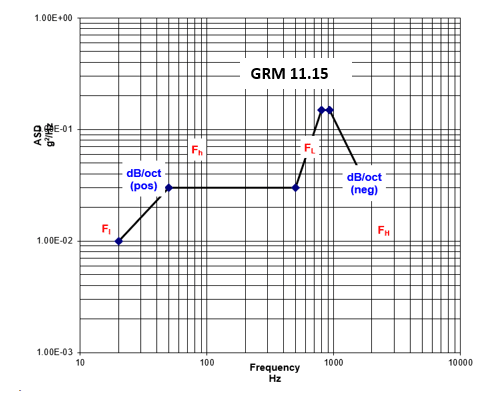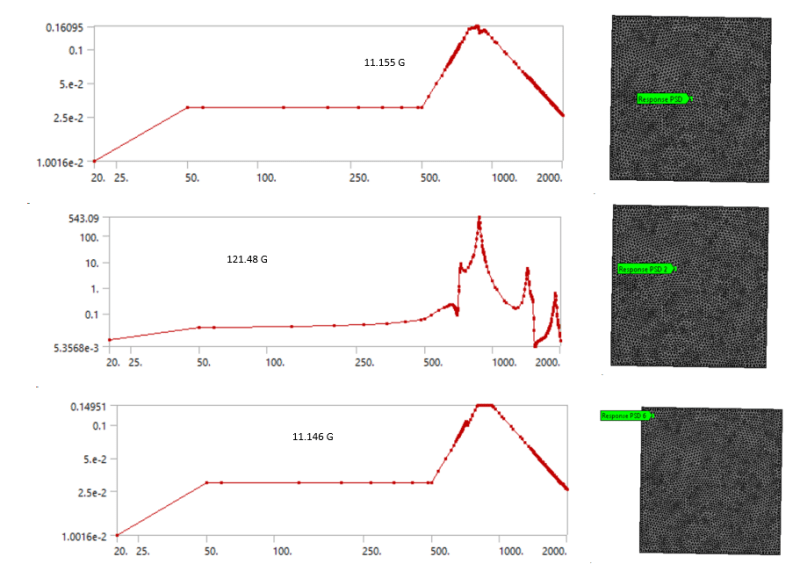sarclee
Mechanical
- Jan 14, 2022
- 105
Hi, I would like to ask if I should expect to see the frequency response same as PSD input for random vibration when the subject is stiff enough >500Hz?
I create a plate and run a modal analysis to get 700Hz+++

Then I run a PSD profile as below...

I thought I would get the output same as input as in grms around 10+ but some points are very high~~~ Why is that happening?
However, I do notice the trend of the frequency response is similar to the PSD input...

I create a plate and run a modal analysis to get 700Hz+++

Then I run a PSD profile as below...

I thought I would get the output same as input as in grms around 10+ but some points are very high~~~ Why is that happening?
However, I do notice the trend of the frequency response is similar to the PSD input...

